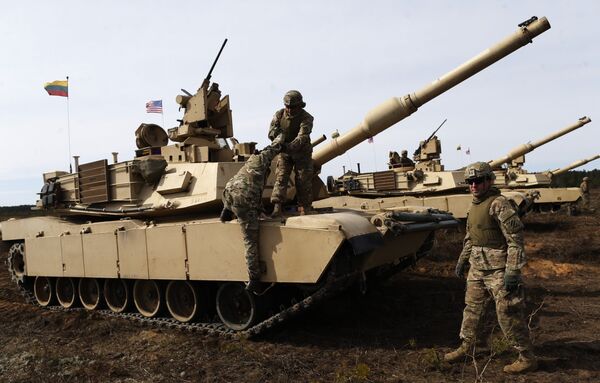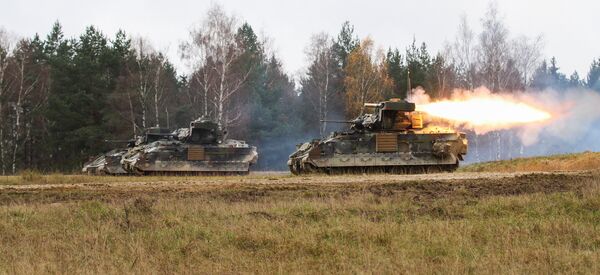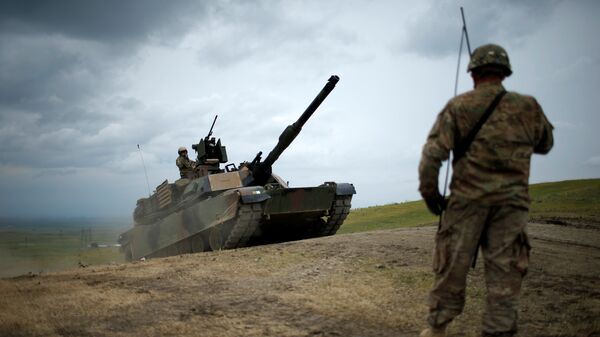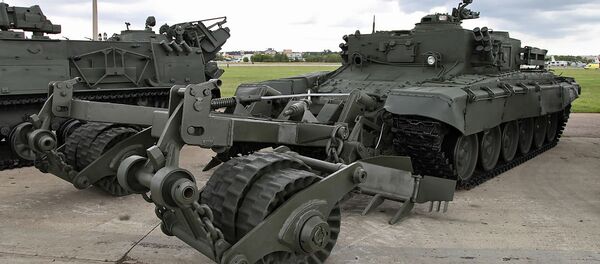"I'd love to have replacement programs today for the Abrams and Bradley and lay in plans to go do that," Major General David Bassett, the US Army's program executive officer for ground combat systems, told reporters at the Association of the US Army (AUSA) annual conference. "But it doesn't fit in this portfolio in this budget environment."
Developed in the 1970s, the M1 Abrams third-generation main battle tank has been in services with the US military since 1980. The current version of the Abrams, the M1A2, was rolled out in 1992. The Pentagon is currently working on the M1A3 upgrade that will include a lighter 120 mm gun, more durable track, lighter armor, long-range precision armaments, etc.

"Instead, the Army is incrementally improving its venerable armored combat vehicles to keep them relevant against a rapidly modernizing threat – the Russian Armata family of combat vehicles for example," defense analyst Dave Majumdar explained.
Bassett confirmed that there was "room for growth" for both platforms, but admitted that there is a limit on how many more improvements could be made to the existing vehicles.

"Even incremental development and improvement will mean that both the M1A2 SEPv.3 and the Bradley will remain potent machines," Majumdar wrote for the National Interest. "Whether the Army's incremental approach will be sufficient to keep pace with Russian and Chinese developments is yet to be seen – but in the current budgetary environment, it's the best the Army can do."
In late 2015, the Pentagon made it clear that the agency would have to slow down modernization programs and cut research and development budget to meet requirements set in the 2017 National Defense Authorization Act.


